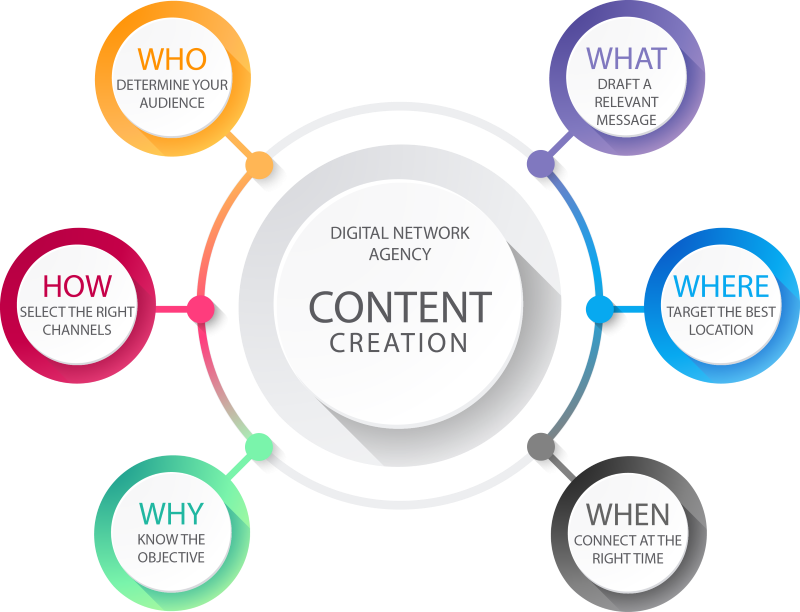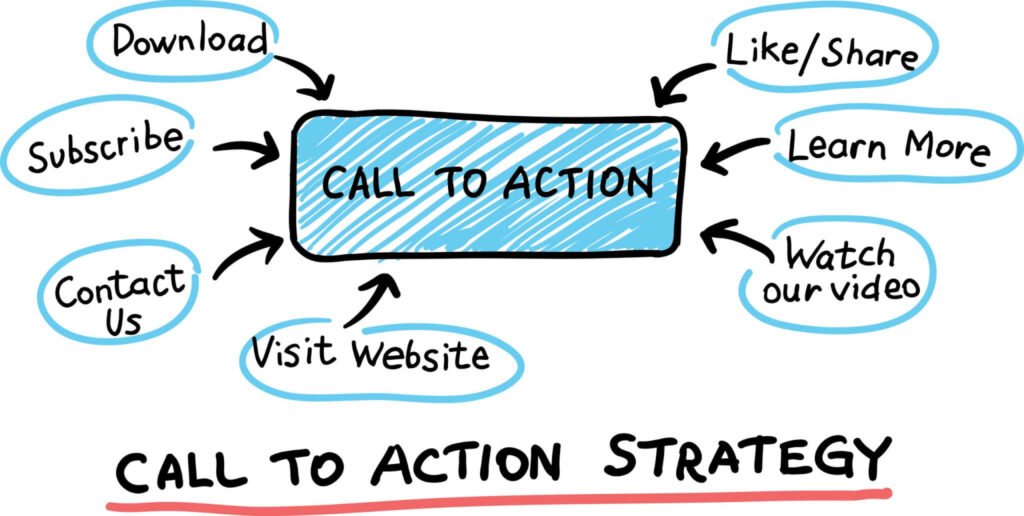Crafting Shareable Social Media Content: A Guide to Virality
In the dynamic landscape of social media, creating content that resonates and gets shared is an art. Let’s look at the fundamental factors that make material shareable, from appealing imagery to captivating descriptions. Understanding Your Target Market Determine your target audience and personalize your material to their tastes. Knowing what your fans like is the cornerstone for creating shareable content. Visual Appeal Is Important Eye-catching visuals grab attention. Make your material visually appealing and shareable by using high-quality photographs, infographics, and videos. Create Captivating Captions A superb caption gives your content meaning and emotion. Create captions that pique your interest, elicit emotions, or drive action to encourage sharing. Understand Your Platform Different social media platforms have distinct user behaviors. Tailor your content to fit the style and norms of each platform, maximizing its shareability. Utilize Trending Hashtags In order to boost the discoverability of your material, use relevant and trending hashtags. This broadens your audience and encourages users to share in comparable communities. Encourage User Participation Encourage your audience to interact with your material by using likes, comments, and shares. Engaged users are more likely to share content within their networks. Timing Is Everything When your audience is most active, post your material. Understanding peak engagement hours increases the likelihood of your material being noticed and shared. Partner with Influencers Collaboration with influencers in your industry exposes your material to a larger audience. The endorsement of influencers can dramatically increase shareability. Keep It Brief Concise material does well in an age of short attention spans. Capture your message succinctly so that it may be easily shared. Evoke Emotions Emotional content, such as comedy, joy, or empathy, is more likely to be shared. Connect on an emotional level with your audience. Share Content from Behind the Scenes Share behind-the-scenes glimpses to humanize your brand. This creates a sense of connection, allowing your audience to spread your material. Use User-Generated Content Encourage your target audience to create content about your brand. User-generated material not only fosters community but is also extremely shareable. Analyze and improve Analyze the performance of your material on a regular basis. To continuously enhance shareability, identify what works and optimize your strategy based on findings. Conclusion In the world of social media, developing shareable content is a deliberate combination of understanding your audience, employing captivating images, and implementing platform-specific strategies. By incorporating these elements, you can enhance the shareability of your content and amplify its reach across diverse networks. You can improve your results by incorporating these features.
Crafting Shareable Social Media Content: A Guide to Virality Read More »












